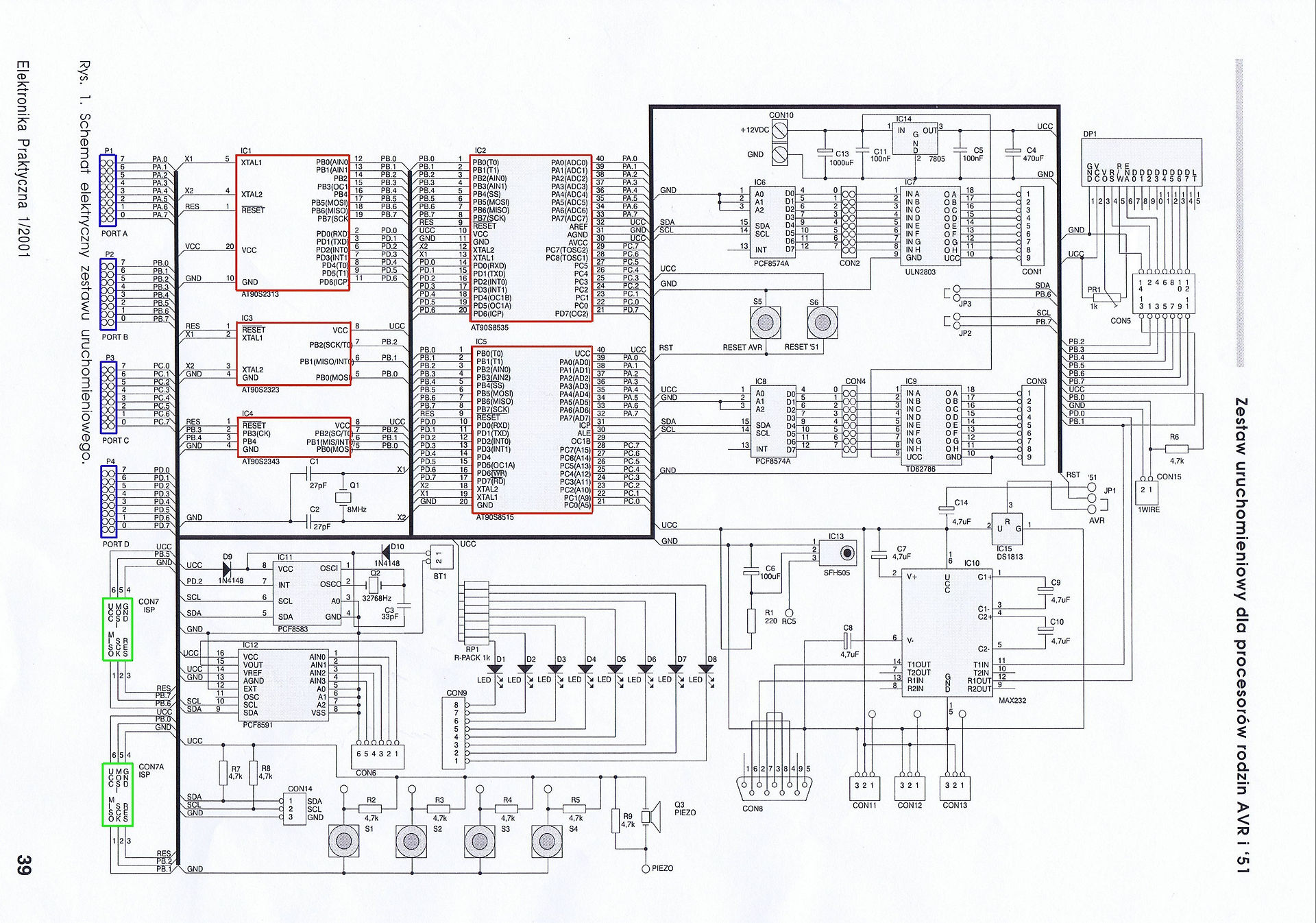
Measuring High Voltages
Obviously, if we want to connect a measuring device to this source in order to measure the output, its input impedance would need to be at least several orders of magnitude higher to prevent the measuring circuit from significantly loading the circuit being measured. This would mean the input impedance of our resistive divider would need to be at least 1500 GigOhms and also able to withstand at least 300kV! Well this solution is a non-starter. That type of approach is totally impractical for us, so what else can we use? Well, one solution that is found within the high voltage industry is the Rotary Voltmeter, also known as the Field Mill Voltmeter or FeldMühle Voltmeter.
Field Mill Voltmeters are a non-contacting system for measuring high voltage or more accurately electric field strength.. These devices are sometimes used aboard aircraft by Meteorological agencies for measuring the electric field potential on thunder clouds. They are also used on board satellites for measuring electrical fields in space.
I have to say at this point however, that there does not seem to be much information freely available on the construction and use of the Field Mill voltmeter.
When we are attempting to measure voltages greater than several tens of thousands of volts we have to approach the problem rather differently to conventional electrical means. The conventional solution would be to use a high impedance potential divider to avoid loading our circuit and to tap off a portion of the measured voltage to display on a digital meter. Well this won't work and here's why:
Taking a typical example of a VDG generator with a charging current of 20µA and a terminal voltage of 300kV.
This yields a source impedance of around 15 GigOhms (15 x 10^12 Ohms)
How Does It Work?
A lot of the information that follows was found as a direct result of my own experiments, guesstimates and prototypes. I can vouch that the device certainly works but I cannot vouch for the accuracy of my explanation on how it works.
If a conductive plate is connected to a suitably large value of load resistor to earth and then exposed to an electrical field, charge will gather on the plate. The size of this charge will be proportional to both the strength of the incident electric field and the size of the plate.
If another identical earthed plate is introduced between the incident field and the original plate, then the incident electric field is intercepted by the earthed plate and the charges are diverted to earth. The first plate now will leak off any accumulated charges via the load resistor and will become devoid of all charge or neutral. Thus by alternately placing and removing a grounded plate between the measuring plate and the incident field we cause an alternating charge to flow through the load resistor connected to the first plate. The alternating charge will result in an alternating voltage across the load resistor, which can then be amplified and measured. This principle I believe, was first discovered by Wilson.


If we arrange the earthed plate into a sectored rotor and drive it with a motor, it will then alternately shield and expose the measuring electrode to the incident field, at a rate determined by the motor speed. It should be noted with this simple scheme that the polarity of the incident field is unknown. However, the addition of a synchronous rectifier, synchronised to the position of the rotating disc, will allow the polarity to be determined.
Thus the incident E field and hence the surface charge on the measuring electrode, are both modulated by the rotor.The current flowing in RL which results from the alternating charge at the measurement electrode, produces an alternating voltage (V) across the load resistor RL. This voltage can then be amplified with simple electronics. In practice, resistor RL would be replaced by a transconductance amplifier.
See the following page for a more detailed description of Fieldmill theory:-


